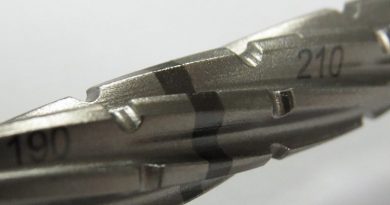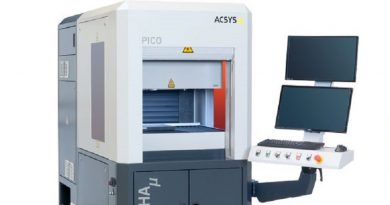Cool Touch Laser Marking for Delicate Substrates
FOBA has developed a 532nm wavelength green laser marking system that offers new possibilities for industrial direct part marking.
“Supplemented by FOBA’s comprehensive marking workflow, the low heat laser applies perfect marks on materials with extraordinary absorption properties,’ says a company spokesperson. Such materials include white, transparent or red and orange plastics, as well as highly reflective metals. The green laser completes the range of laser wavelengths in FOBA’s portfolio of marking systems.
An increase in marking speed and marking quality on previously insufficient markable materials are the main benefits of FOBA’s green laser. Affected materials include special plastics like UHMWPE, HDPE or PMMA for which additives might no longer be necessary, as well as glass or shiny substrates. “Compared to other laser types like UV or fiber, the green laser shows better marking results while achieving superior marking speeds. The green laser also makes laser additives unnecessary in most cases.” says the spokesperson.

The application of the green laser marker can be facilitated using FOBA’s laser marking workflow with camera and mark alignment software. “The optical part inspection and validation of marked contents, as well as the automated and precise positioning of the laser mark have long been valued by our customers as a reliable and safe workflow solution,” says Philipp Febel, Director Product Management at FOBA. “Our green laser can easily be equipped with various laser alignment tools and works with any of the ava9lable FOBA user interfaces.”
The FOBA V.0071-gr and FOBA V.041-gr green laser marking systems close the gap between UV (355 nm) and fiber (1,064 nm) laser markers. The combination of relatively high laser power and a vanadate source enables extended applicability and high speed.
The marking laser is available with either 7- or 14-watt laser poser variations. It can flexibly be integrated into production environments because of a smaller marking unit (compared to the UV lasers), a range of available interfaces and five possible marking field sizes.









